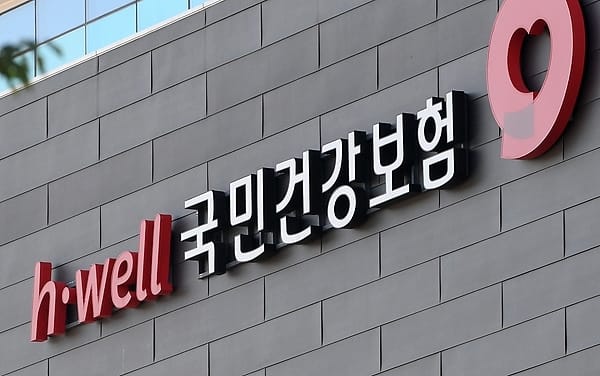Image: Kakao Talk's error message. Credit: the Blue Roof.
On October 15 at around 3:30 p.m., a data center operated by SK C&C in Pangyo, Gyeonggi-do Province 경기도 판교 caught fire, damaging one of South Korea’s most important pieces of infrastructure: Kakao Talk 카카오톡, the super-app through which most Koreans send messages, hail cabs, get directions, make payments, play video games, etc. After eight hours spent extinguishing the fire and another two to restore the service, Kakao Talk slowly began to come back online at around 1 a.m. the next day, with significant portions of the service not returning for another day.
The outage is the longest in Kakao’s twelve year history. Kakao Talk’s monthly active users within South Korea is over 47.4m, or more than 90% of South Korea’s population. The country’s dependence on Kakao Talk is deep and wide: in addition to simply exchanging greetings, for example, many South Korean companies use the messenger app as the primary means of communication for work, akin to Slack in the United States.
As Kakao Talk failed, businesses ground to halt, taxis were available only by waving at them by the curb, and some users were hit with a KRW 500k (USD 410) charge for the motorized scooter rental that they could not check back in. Even the Office of the President 대통령실 ordered a cabinet ministry level emergency response, saying the outage could be “a critical problem for national security.” Namgung Hun 남궁훈 and Hong Eun-taek 홍은택, co-chief executive officers of Kakao, Inc., issued a statement of apology six hours into the outage.
As the outage left South Korea stranded, Kakao’s data center planning came under criticism. Kakao was not the only major tech company that was using the SK C&C data center that caught fire; Naver 네이버, South Korea’s search engine giant, used the same data center, but was able to recover its services within a few hours. Naver’s quick response was thanks to diversified data centers, many of which Naver operates directly.
In contrast, Kakao rents all of its servers and has most of them within the same data center. Kakao’s vice president Yang Hyeon-seo 양현서 said “our response ran into difficulties since all 32k servers going down at the same time is an unprecedented event in IT history” - calling into question why 32k servers were in the same location in the first place.








